Cannons against missiles
In 2015, the 30-mm Bi Ho self-propelled anti-aircraft gun began to be deployed in the South Korean army with ground-to-air Shingung missiles
Guns, rockets, or both? Let's see where the optimal balance of an effective air defense strategy for military strategists lies.
While missile systems over the past ten years have apparently supplanted guns in the tasks of near-air defense, progress in defense systems aviation, electronic countermeasures and systems with small signs of visibility made me seriously think about the advantages of guns.
Small-sized tactical UAVs, assault helicopters flying at extremely low altitudes, high-precision aircraft missiles, guided artillery shells and mines are modern versions of old threats that must be dealt with. Missiles have become the main means of dealing with traditional air attacks, in fact, replacing the gun in this role. However, their effectiveness and compliance with the emerging threats are not quite obvious.
In fact, for a number of such threats, including autonomous anti-ship missiles, which can fly at low altitudes, use several pieces at once, and which are difficult to detect, the gun gave the best answer. It has proven to be an effective means of not only anti-ship defense, but also ground combat, at least to protect against low-flying threats and pinpoint self-defense.
Cannons
Progress in digitization, fire control, passive optical sensors, range metering, a greater degree of integration of situational awareness systems, and improved ammunition have changed the status of the gun from stupid shooters to high-precision destruction systems. They can shoot further, with a significantly increased accuracy and correspondingly higher probability of hitting targets.
In addition, while electronic jamming directly affects the key tracking devices of smart missiles, guns are significantly less vulnerable to electronic countermeasures (REB), although they can be dealt with, especially with outdated radar-controlled weapons. The shells also began to install intelligent warheads that are optimized for various purposes to achieve maximum impact.
Even with the advent of ground-based missiles, guns continued to be used, albeit in combination with them. In particular, in highly mobile operations, guns of calibers 20-40 mm are considered as an important means of dealing with low-flying aircraft and helicopters.
Here, one of the reasons for the preservation of guns was the restriction of the first missile guidance and homing systems regarding the terrain, vegetation and other obstacles. In addition, many advanced infrared-guided anti-aircraft missiles providing advanced combat units were considered by many commanders only as weapons “Revenge”, which can destroy an aircraft only after it has dropped its ammunition.
An additional advantage of guns is that they can also be used for ground targets, which is not characteristic of anti-aircraft missiles. For advanced units, this circumstance plays a very important role.
The multi-purpose short-range missile system ADATS (Air Defense Anti-Tank), developed by Oerlikon Contraves (a division of Rheinmetall), is no exception. It was a dual-use system capable of fighting air and ground armored targets. The missile launcher was mounted on the M113A2 tracked chassis; In a supersonic laser-guided missile with an 10 km range, an optical-electronic / infrared sensor and a conventional two-dimensional radar with an effective radius of 25 km are used. The complex was deployed by the Canadian army in 1994, and decommissioned in 2012.
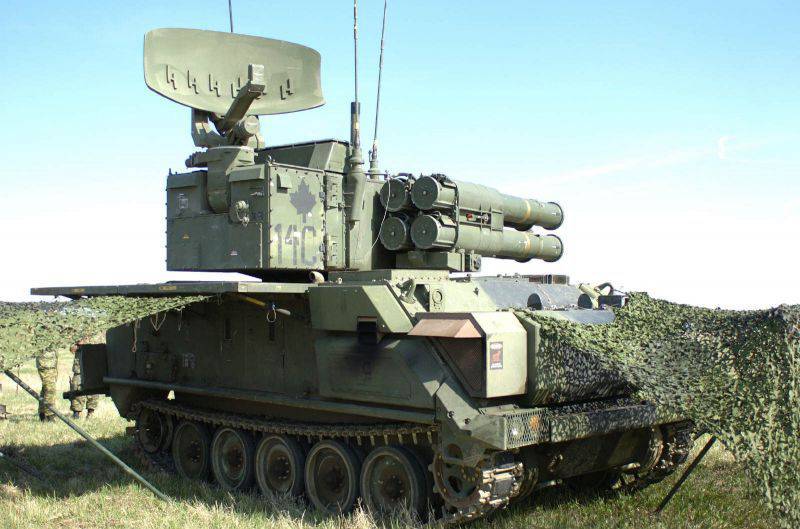
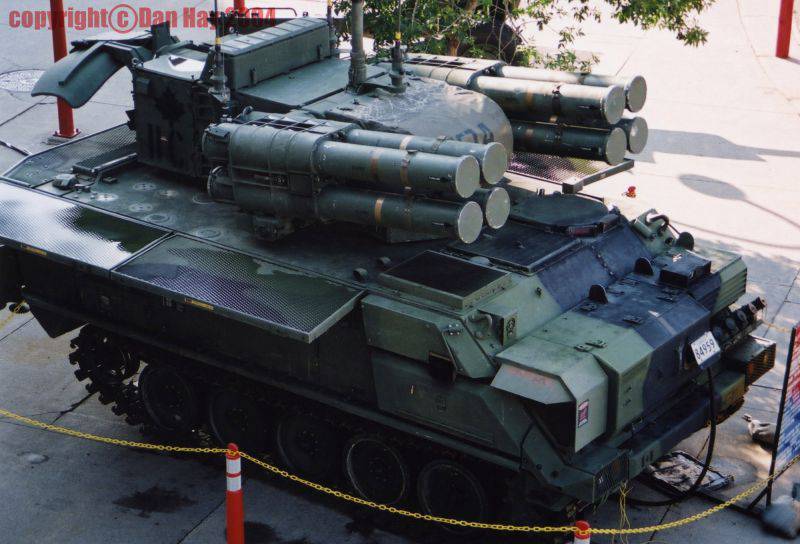
Combined effect
The capabilities of guns and rockets were considered by many armies as mutually complementary. The latter have a clear advantage with respect to hitting targets at large distances and heights, while guns have an advantage at very low altitudes in difficult to hit space (forests, densely built up areas, mountains) at short distances and with suddenly appearing or rapidly passing targets.
This deadly combination of different types of systems was tested and worked well in past conflicts - anti-aircraft missiles forced the attacking aircraft to fly closer to the ground, where anti-aircraft guns opened fire on them. The Israeli Air Force experienced this in the Doomsday War in 1973, in Sinai, when they were met by self-propelled anti-aircraft guns ZSU-23-4 as part of Egyptian armored columns.
The question is whether this is a possible scenario, which takes into account the growing dependence on the delivery of high-precision bombs beyond the reach of weapons, on improving electronic countermeasures, on the use of UAVs and the introduction of stealth technology. Another question is that all of these areas of development probably carry new challenges, to which guns could provide an answer.
The first two
The two countries that at one time paid the highest attention to the development and deployment of mobile short-range air defense were Germany and the Soviet Union. They were armed with both self-propelled missile systems and anti-aircraft guns. In the Soviet Union, a four-bar self-propelled radar-guided system ZSU-23-4 Shilka was developed. It entered service in the 1964 year and since then has been repeatedly upgraded by the original developer and a number of operators. This system remains in service with most of the 39 countries that have adopted it.
The rate of fire of this anti-aircraft gun is 3500-4000 projectiles per minute, but the duration of the fire cannot exceed 15 seconds. The installation can fire from all four machines, or from a pair or any of the four. Ammunition installation - 2000 shots. The gun barrels and antenna of the radar-instrumentation complex are fully stabilized, so that the installation can conduct effective fire in motion. Shilka was modernized several times, its radar guidance (with a search range of 20 km) was supplemented in many models with night-time optical instruments and laser rangefinders, which increased its capabilities in the fight against low-flying and ground targets.
To combat the threat of cruise missiles, special combined projectiles were developed. Another notable improvement was the integration with the ZSU Shilka Igla anti-aircraft missiles with an infrared homing system.
ZSU-23-4 was followed by an anti-aircraft self-propelled unit 2K22 Tunguska, which entered service in the 1984 year. For this system, the installation scheme for the tracked chassis of automatic guns and anti-aircraft missiles was also used.
Russia's commitment to the guns was partly due to the need to fight assault helicopters, which differ in that they appear suddenly. When dealing with such targets, guns with a shorter reaction time (8-10 seconds) are more suitable, rather than missiles that need to be launched for up to 30 seconds. The same approach can be applied to attacking ballistic missiles and UAVs at extremely low altitudes.
The main units of the Tungusk complex are: self-propelled tracked lightly armored chassis, two 30-mm anti-aircraft guns 2А38, 8 launchers with 8 anti-aircraft guided missiles 9 11, a radar system for detecting targets, a target, a target, a target, a radar, a radar system, a target, a radar, a target, a target, a target, a target, a target, a target, and a radar The missiles have a range of damage from 2,5 to 8 km, anti-aircraft guns - from 02, to 4 km. ZSU Tunguska 2K22 acquired six countries, including India and Morocco.
The lightweight mobile towed anti-aircraft complex Sosna-A is a smaller version of a gun-rocket combination. The double-barreled 30-mm gun 2F238 with four laser-guided hypersonic missiles on a light basis can be mounted on armored personnel carriers or tactical trucks, on trailers or to work as a fixed installation of defense facilities. Given the new threats, this system is presented as an effective means of dealing with aircraft and helicopters, cruise missiles and UAVs, as well as lightly armored ground targets.
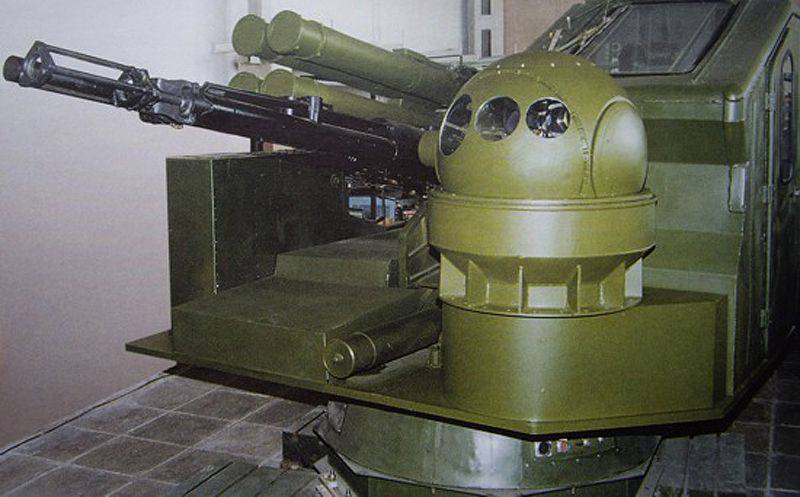
Extremely Necessary Features
The Russian self-propelled ground-based anti-aircraft missile-gun complex (ZRPK) was developed by the Tula Instrument Design Bureau. It is intended for short-range protection of civilian and military objects (including long-range air defense systems) from all modern and prospective means of air attack. It can also protect the defended object against ground and surface threats.
A feature of the Pantsir-C1 complex is the combination of a multichannel system for capturing and tracking targets with rocket and artillery armament, creating a continuous target interception zone in height (minimum) from 0 meters and in range (minimum) from 200 meters. Reach 15 km altitude, 20 km range, even without external support.
Armament ZRPK Pantsir-S1 - two double-barreled 30-mm anti-aircraft guns 2A38M and 12 57E6E ground-to-air missiles, ready to launch. A two-stage solid-fuel rocket with radio command guidance ensures target destruction at a range of 20 km. The complex is located on a tracked chassis, wheeled chassis of a truck, trailer or permanently installed.
The location system of the complex consists of three locators: an early detection radar and target designation such as PAR, a tracking and guidance radar, and an optical-electronic tracking system. The range of missile weapons is 1,2 - 20 km, gun - 4 km.
And again, the focus is on the capture and destruction of what are considered the most dangerous threats: cruise missiles, UAVs and guided bombs dropped outside the zone of destruction of air defense weapons. Although Pantsir-С1 was officially adopted by the Russian army only in November 2012, it gained great popularity all over the world. Many countries have shown interest in it, including Algeria and Brazil, as well as Oman and the United Arab Emirates, which have already purchased this complex.
In turn, China presented its FK-1000 complex at the Shula Airshow in November 2012. It is very reminiscent of the Russian ZNS 2K22 Tunguska, but differs in that it has guns of caliber 25 mm and is installed on the cargo chassis 8x8. The complex, developed by CASIC, has a phased array radar. Six KS-1000 missiles were installed on each side of the turret. The fire control system includes a laser rangefinder, a color camera and an infrared camera. The Chinese system FK-1000 is designed to perform the same tasks as the Russian complex Pantsir.
The German Flakpanzer Gepard complex is a twin 35-mm Oerlikon KDA gun with radar guidance mounted on the chassis tank Leopard. The armament has a 5,5 km real fire range and uses a thin-walled armor-piercing tracer shell with a detachable tray.
The German version of the complex has a radar operating in the S band (1,55-5,2 GHz frequency) during the search and in the Ku band (12-14 GHz) with tracking, while the Dutch version operates in the X band (5,2-11 GHz) during search and X / Ku ranges when accompanied, both radars have a range of 15 km. Initially, the system was deployed in Belgium, Germany and the Netherlands, but is currently decommissioned, although Brazil, Jordan and Romania bought the complex from the presence of these countries and put it into service.
The German army also has an Ozelot anti-aircraft complex with two launch containers of four FIM-92 Stinger missiles each, mounted on a Wiesel 2 machine.
In Asia
South Korea has developed its own Doosan DST K30 Bi Ho self-propelled anti-aircraft system (first photo). It consists of twin automatic 30-mm automatic guns, a combined TPS-830K radar for detecting and controlling fire, an opto-electronic tracking system and a fire control system (FCS). The OMS includes a commander’s panoramic periscope with a thermal imaging camera, a two-branch aiming gunner and a laser range finder.
A thermal imaging camera is especially useful when searching for and capturing various air targets, as it can distinguish them based on the temperature difference with the environment.
The combination of thermal signature detection with image processing makes these optical systems ideal for passive detection and target acquisition. Their relatively narrow field of view, however, makes initial detection of a target difficult; This task is still most often performed by radar, despite its active signature.
The TPS-830K radar can detect even small targets with an effective 2 square. m at a distance of 17 km. The latest development of the K30 complex was the installation of two additional launch containers with two Shingung ground-to-air missiles. This made it possible to increase the range of the complex from 3 km (only with guns) to 7 km. A new version with guns and rockets was supposed to go into service in 2015 year. The K30 complex is mounted on the K200 tracked chassis.
The dual 35-mm gun KDA of the Oerlikon company (now Rheinmetall) is popular and perfectly is suitable for tasks of air defense. It is part of the German Gepard complex, and is also manufactured under license from Japan Steel Works for the Type 87 Japanese Self-Defense Forces ZSU mounted on the chassis of a Type 74 tank manufactured by Mitsubishi Heavy Industries. As in the Gepard complex, this station uses a search and tracking station with an optical backup branch. The Japanese ZSU, the production of which was launched in the 1983 year, is still in service.
European affairs
Rheinmetall Air Defense (formerly Oerlikon Contraves) was a leader in the field of anti-aircraft guns and systems, developing them from the 30's. Its 20-mm gun was used by British, French, German, Japanese and American troops in World War II. Today, its Skyguard anti-aircraft system, based on the 35-mm cannon of the KD series, is in service with 35 countries.
In the Skyguard complex, a towed twin KD gun version is being installed, connected to a separate search-tracking radar. Previously, the location system included an E / F range Doppler search radar, a J range tracking radar with a range of 15 km, and a modern radar with coaxial television and optional thermal imaging cameras was later installed.
The Skyguard battery consists of two towed guns and an SLA radar on a trailer. The system also installs ground-to-air missiles, including Raytheon Sparrow and AIM-7 (Sidewinder version of the ground launch).
The company's latest development is the Skyshield complex, which includes X-band search-tracking radar, a radar / television and / or laser / thermal tracking system. The calculation is placed in the command post shelter at a distance of up to 500 meters from the fire control unit. The installation consists of two 35 / 1000 revolver cannons with a rate of 1000 rounds per minute, which can fire AHEAD (Advanced Hit Efficiency and Destruction) ammunition.
AHEAD technology
Fabian Ohsner, Vice President of Rheinmetall Air Defense, said: “Modern threats today are small, low and fast-flying targets, such as cruise missiles and air-to-ground weapons. To combat them, it is necessary to move away from air defense on the basis of platforms [seizure of an air target before the start of weapons operation] to the concept of air defense on the basis of the weapons themselves [defeat by weapons themselves]. Guns with advanced fire control, firing programmable air strikes, such as 35-mm with AHEAD, are ideal for these tasks. "
AHEAD is a high-explosive fragmentation ammunition with a remote fuse and tungsten ready-made attack elements (GGE), which is optimized to destroy aerial targets, including attacking missiles and projectiles. The AHEAD remote fuse is automatically programmed before leaving the muzzle to release 152 tungsten GGEs directly in front of the target. This, combined with the high rate of fire of the gun, allows to destroy small, fast-flying air targets with a high probability of hitting.
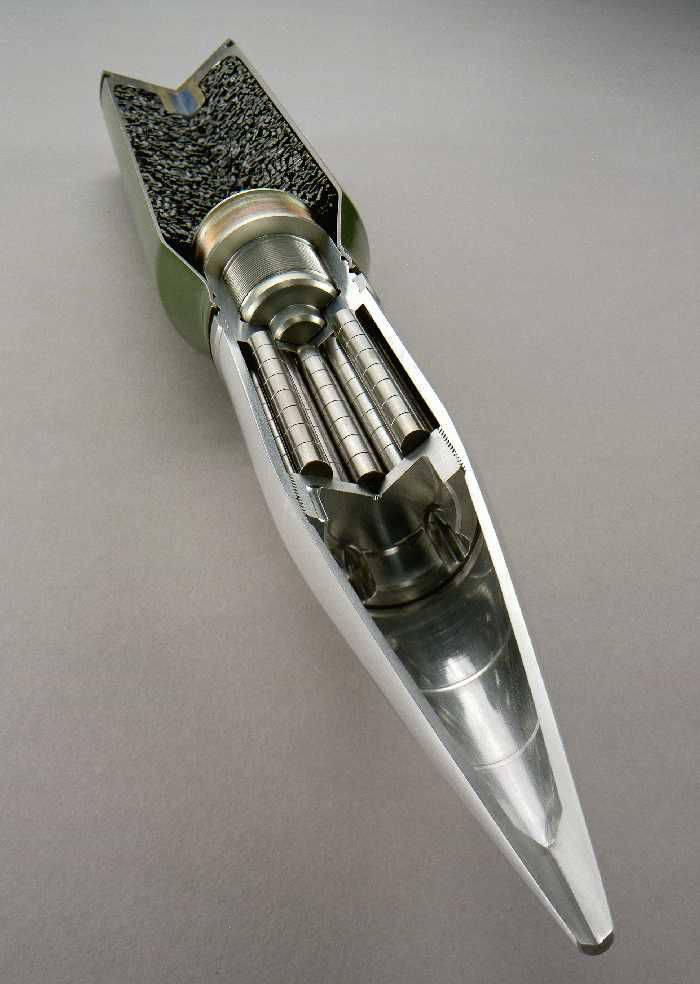
Given these possibilities, it is not surprising that the 35 / 1000 gun mounts are the basis of the Millennium CIWS short-range ship complex. The variant with an integrated fire control system integrated into the Skyranger tower is installed on the Boxer 8x8 armored vehicle and on the 8xXNNXX heavy truck.
Skyshield can also receive ground-to-air missiles in two separate units. In fact, the MANTIS (Modular, Automatic and Network-capable Targeting and Interception System) system is a modular automatic network targeting and interception system based on Skyshield. It was deployed by the German army and is part of its SysFla advanced air defense project.
The complex is fully automatic and is designed to destroy such attacking threats, such as missiles and mortar shells. The first MANTIS complex was delivered in January 2011 of the year and deployed in Afghanistan as a defense complex for military bases; he is able to intercept unguided rockets, artillery shells and mines.
In March 2014, the Republic of South Africa issued a contract to Rheinmetall as part of a program to upgrade its near-air defense systems. The contract provides for the supply of Skyshield fire control modules and AHEAD ammunition for the 35-mm towed systems in use in this country. This will significantly increase the capabilities of the national air defense system after completing deliveries in 2017.
Italian design
The Italian company OTO Melara developed the Draco 76-mm automatic cannon to combat various ground targets and intercept unguided rockets, artillery shells and mines. The gun is based on the 76 / 62 mm high-speed proven ship cannon and an automatic drum loading system for 12 shots that is compatible with all 76-mm projectiles, including DART guided projectiles.
The commander and gunner-gunner control the installation of weapons remotely from the inside of the chassis using a day camera, thermal imager, laser range finder and tracking radar. The range of the Draco cannon over 7 km allows you to fire helicopters before they use anti-tank guided missiles. Although the complex was first introduced in 2010, there were no orders for it.
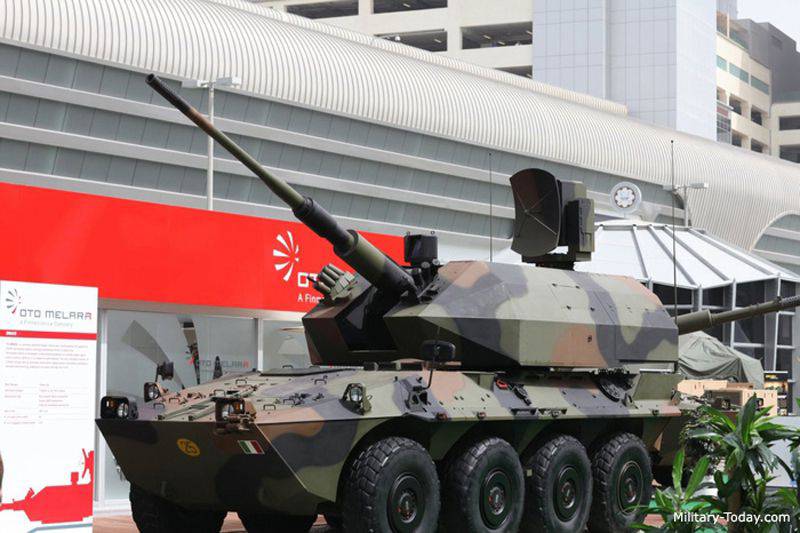
The 40-mm cannon of the Swedish company Bofors (now part of BAE Systems) has been the basis of ground and ship-based air defense since the introduction of the L1936 model in 60. Its successor, the 40-mm gun L70, continues to be used in shipboard installations and on the BMP; it is able to effectively hit targets at distances up to 4 km.
The development of new ammunition also allowed the BMP to provide powerful capabilities to combat helicopters and UAVs. 40-mm ammunition Bofors 3P (Pre-fragmented Programmable Proximity - prefragmented programmable remote) produces a tungsten ball with a probability of hitting the maneuvering air target 3000% in front of the target over 70.
In addition, this projectile is effective in a space with large noise (for example, trees) and is not susceptible to electronic countermeasures. In combination with other fuse modes, such as time delay and air blast modes, the 3P projectile provides significant lethality for the L70 gun and, accordingly, the machines on which it is installed.
The weapons program manager at BAE Systems noted that “the Bofors 40 Mk 4 cannon’s high rate of fire and the ability to switch between ammunition types, including 40P intelligent universal 3 mm ammunition, provides the necessary tactical flexibility in conflicts of all levels.”
Difficulties ahead
The effectiveness of the coalition's air campaign to neutralize the extensive network of the Iraqi air defense system in the 2003 conflict illustrates the growing effectiveness of electronic countermeasures and the suppression of enemy air defense systems by offensive actions.
Such active sensory systems, such as radar, are vulnerable to both jamming and to Raytheon AGM-88 HARM anti-radar missiles, which capture and navigate to the source of the electronic signature. Although in order to reduce the level of these threats, methods and countermeasures can be applied, they will be effective only until the moment when the opponent “computes” them and tunes accordingly.
Thus, the use of passive detection, capture and tracking of targets is very attractive and thermal imaging can be one of the solutions. To identify air targets at distances 4-6 km, the latest systems for generating two-dimensional images, including scanning and non-scanning matrices with high resolution, sensitivity and clarity, are very well suited.
Third-generation 3D systems use two-way detectors in a multisensor configuration, which compensates for the limitations of each. These systems allow gunners – efficiently to hit targets at long ranges in a wide range of visibility conditions, including night, smoke and bad weather.
Advanced thermal imagers of the second and third generation, such as Sagem Satis, FLIR Systems ThermoSight LIRC and Raytheon 3G FLIR, are already integrated into sighting systems with laser range finders and digital fire control.
Search and detection is traditionally a sphere dominated by radar, and this is quite true for less “sophisticated” threats or threats of a narrow spectrum, such as intercepting missiles, artillery shells and enemy mortar ammunition. However, as a promising alternative, ground-based search-tracking infrared systems appear with the ability to deal with both ground and air targets.
Software, such as HGH Infrared Systems' Cyclope, can automatically simultaneously detect and track an unlimited number of land / air / sea targets, including difficult-to-find threats, such as crawling humans, speed inflatable boats, low-flying air targets, UAVs, and unknown aircraft. The ability to find threats without revealing their presence or location is expensive.
Second breath
In general, the emergence of air attack weapons used outside the reach of the enemy’s active air defense systems, such as cruise missiles, UAVs, long-range missiles and intellectual munitions, means that the military community’s attention has again been focused on the intercept systems of unguided missiles, artillery shells and mines. , and this in turn enhances the role of guns in the near-air defense.
The fact that the cannon can also fight both ground and air threats and its relative immunity to many countermeasures makes it possible to use it successfully, for example, in ground-based short-range systems when defending important objects and in advanced combat areas. With the improvement of observation and guidance systems, passive situational awareness, and increased lethality of ammunition, the role of guns is likely to continue to grow, as they will have to deal with new threats and perform tasks in a suddenly changing environment.
Materials used:
www.shephardmedia.com
www.rheinmetall-defence.com
www.kbptula.ru
www.wikipedia.org
en.wikipedia.org
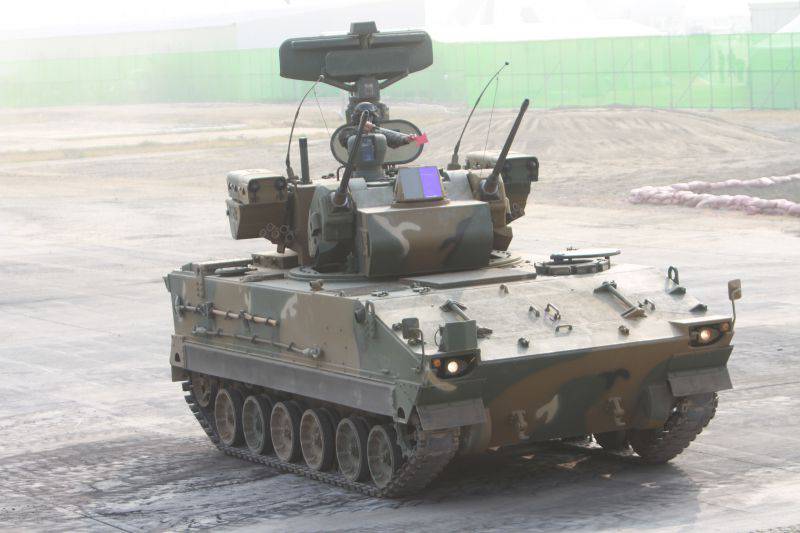
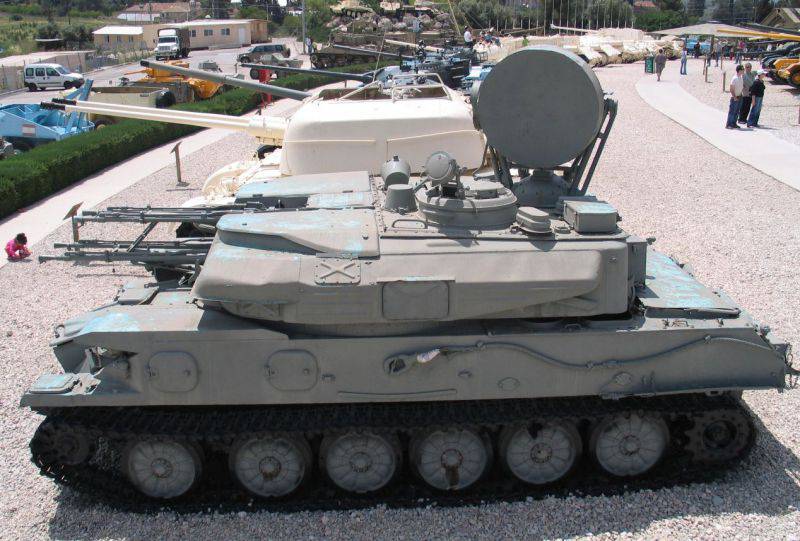
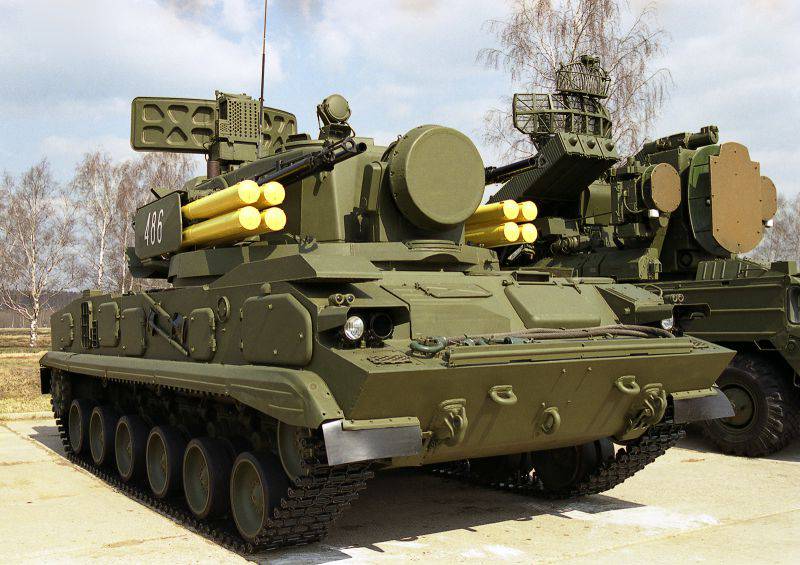
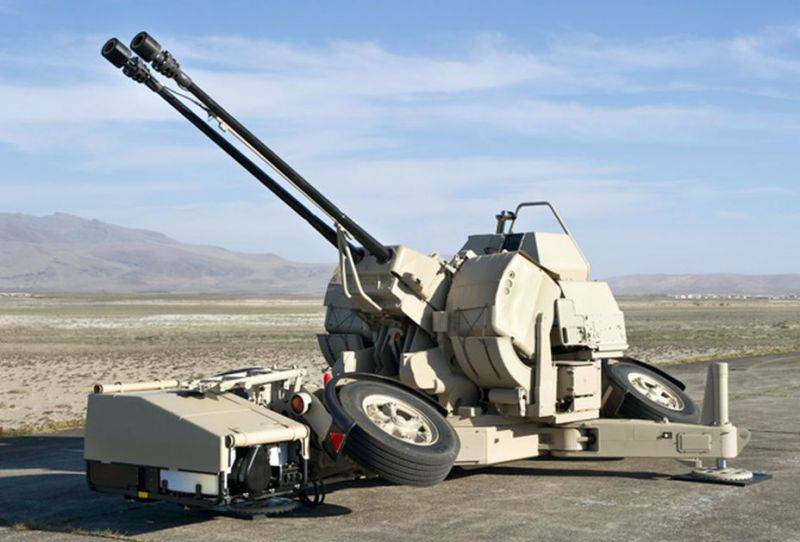
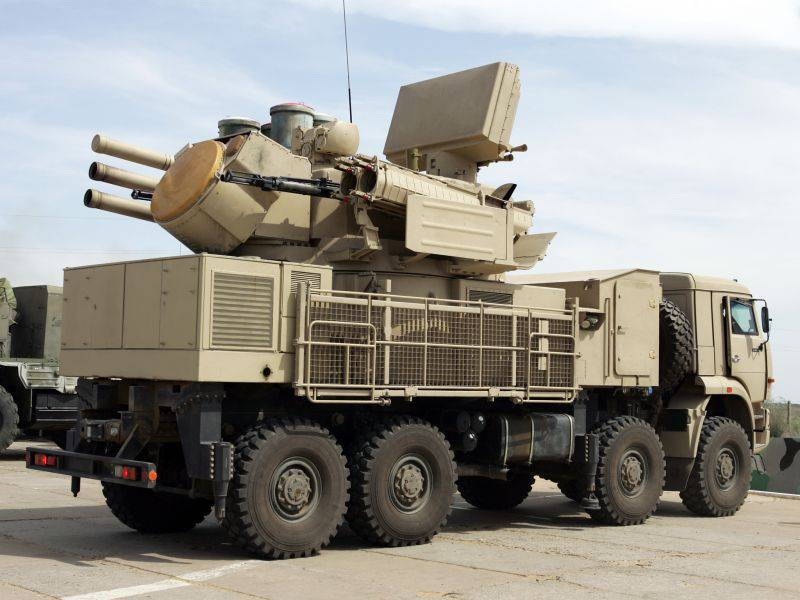
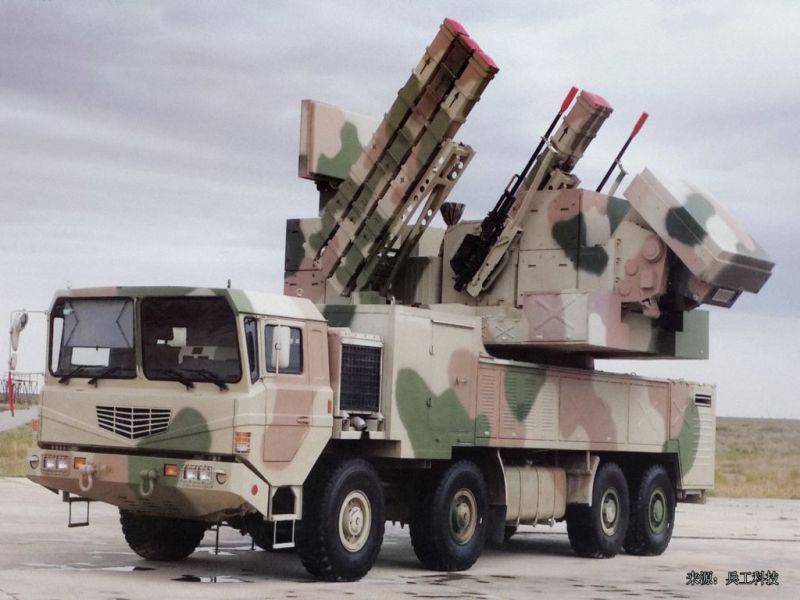
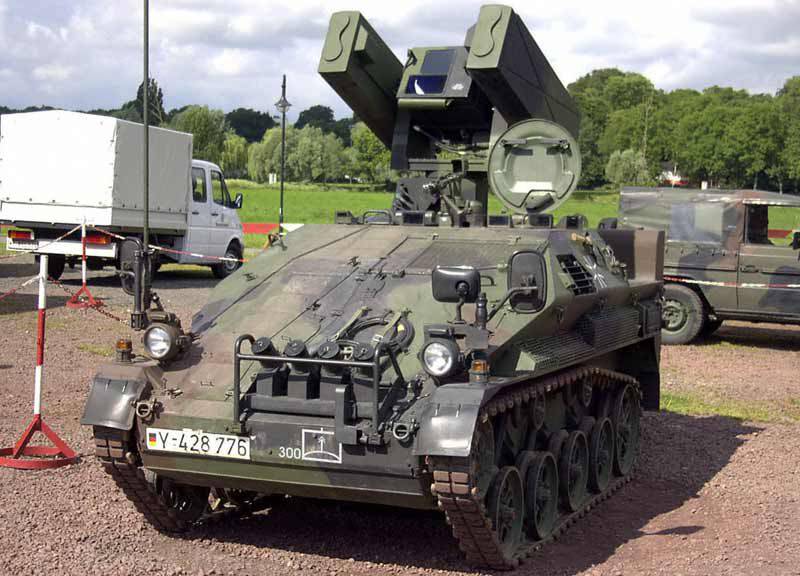
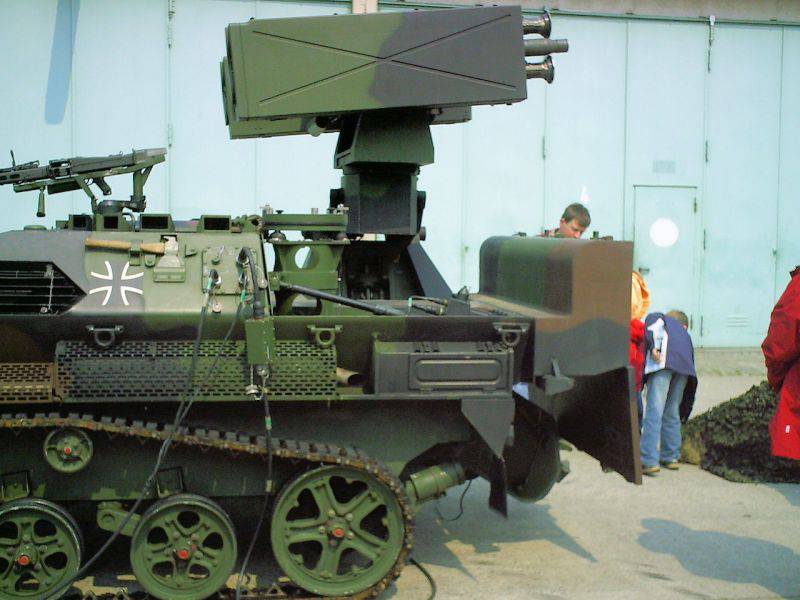
Information